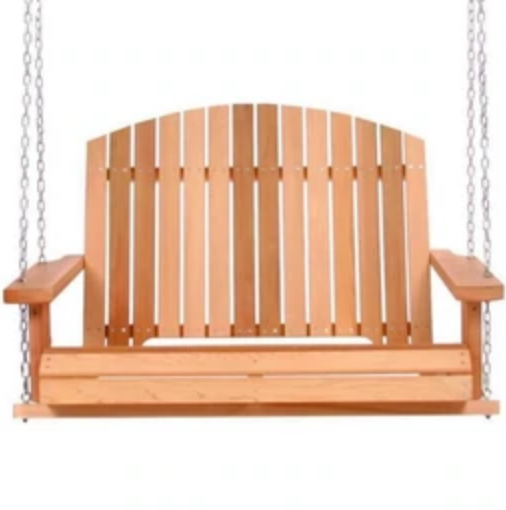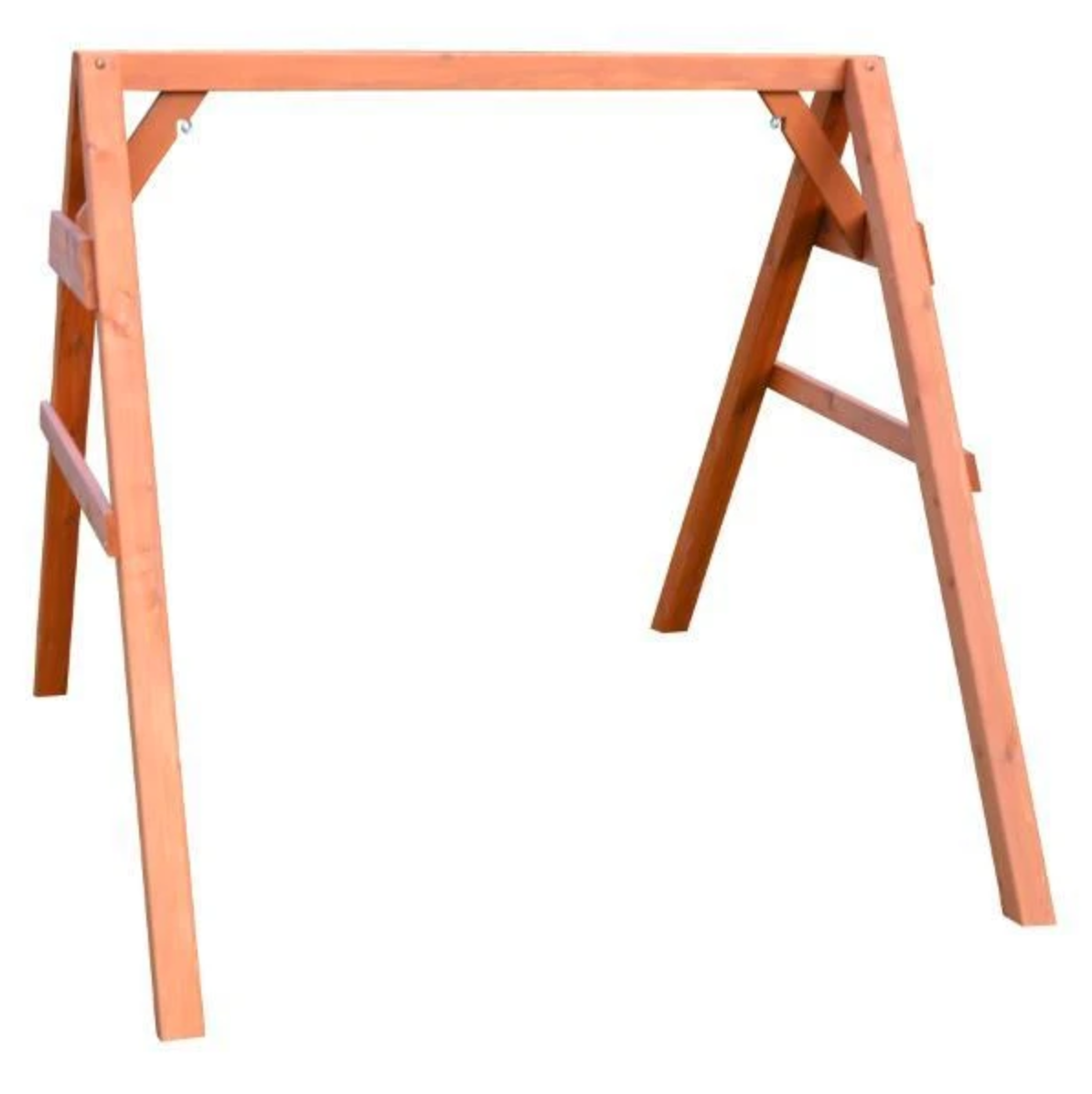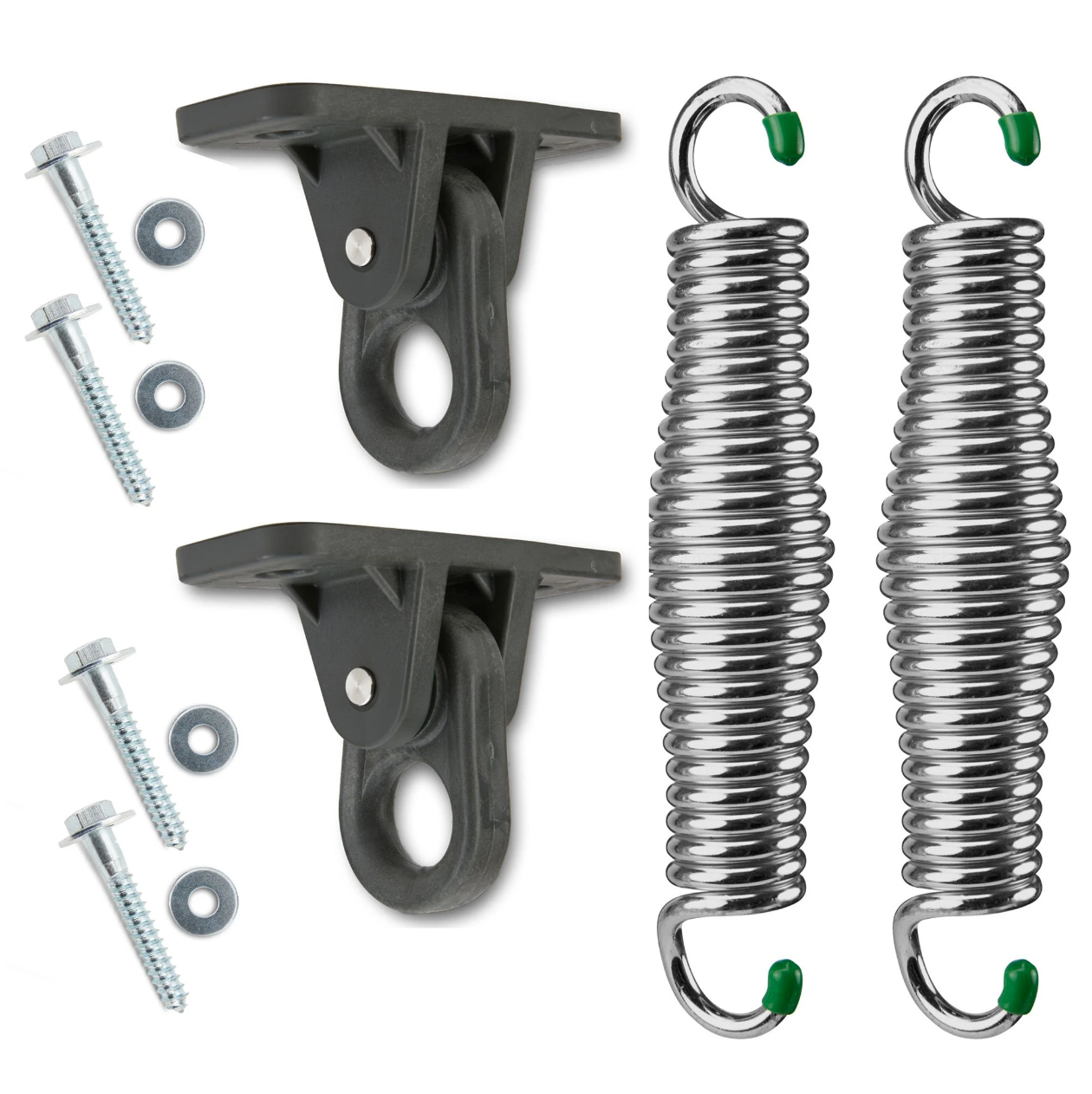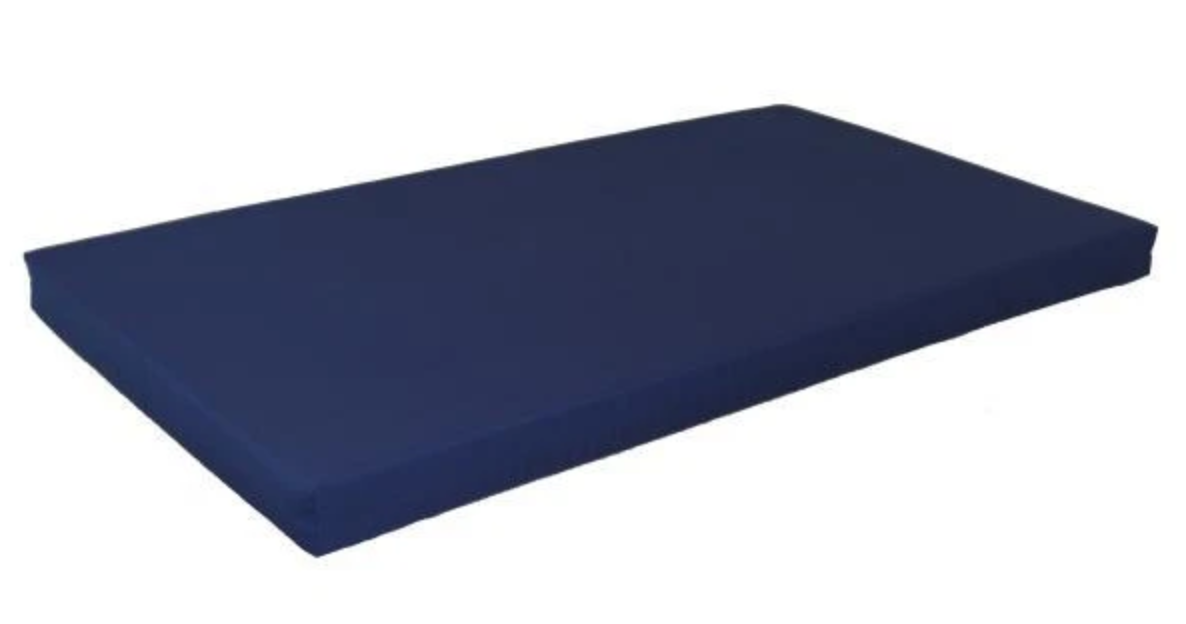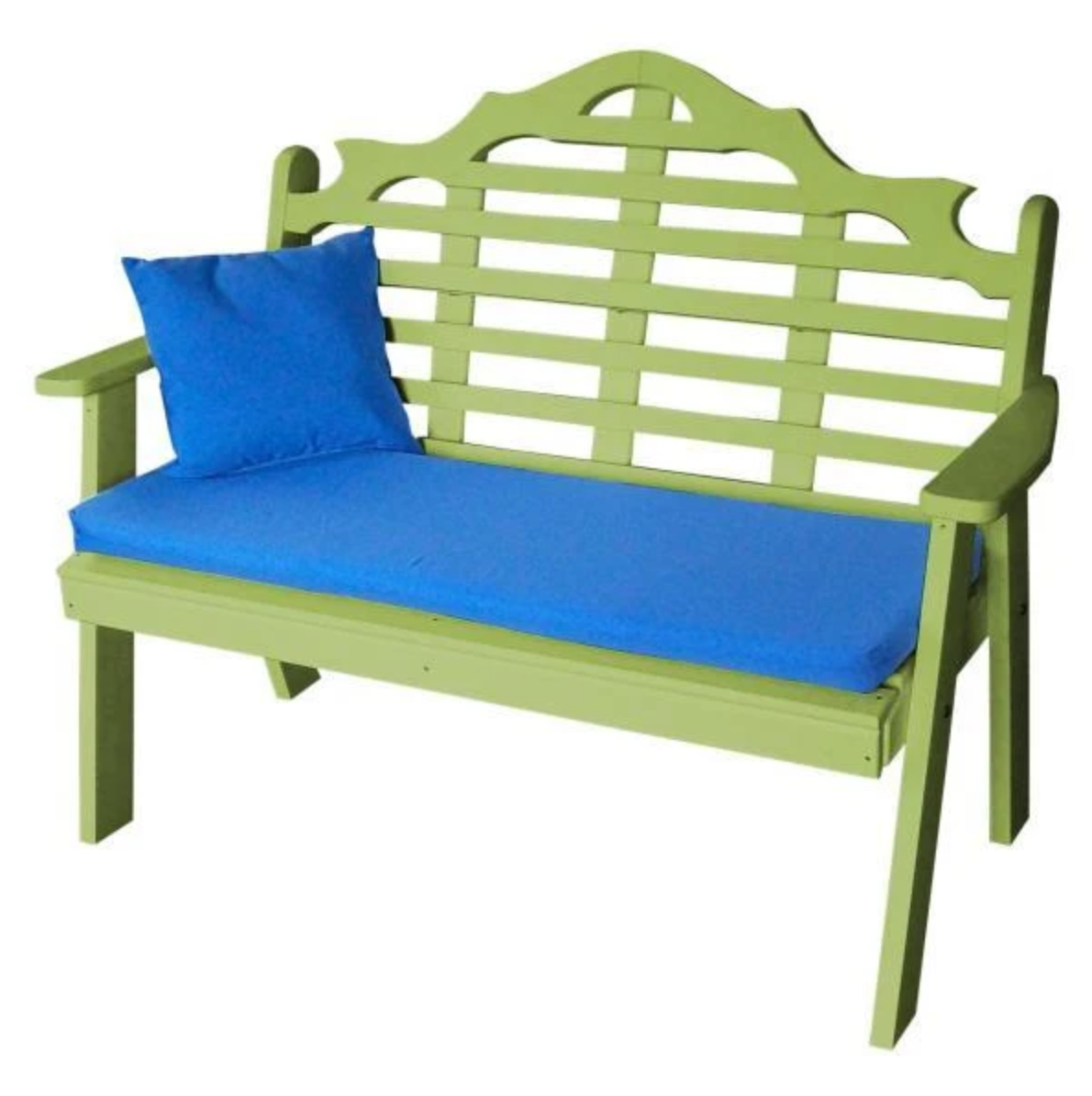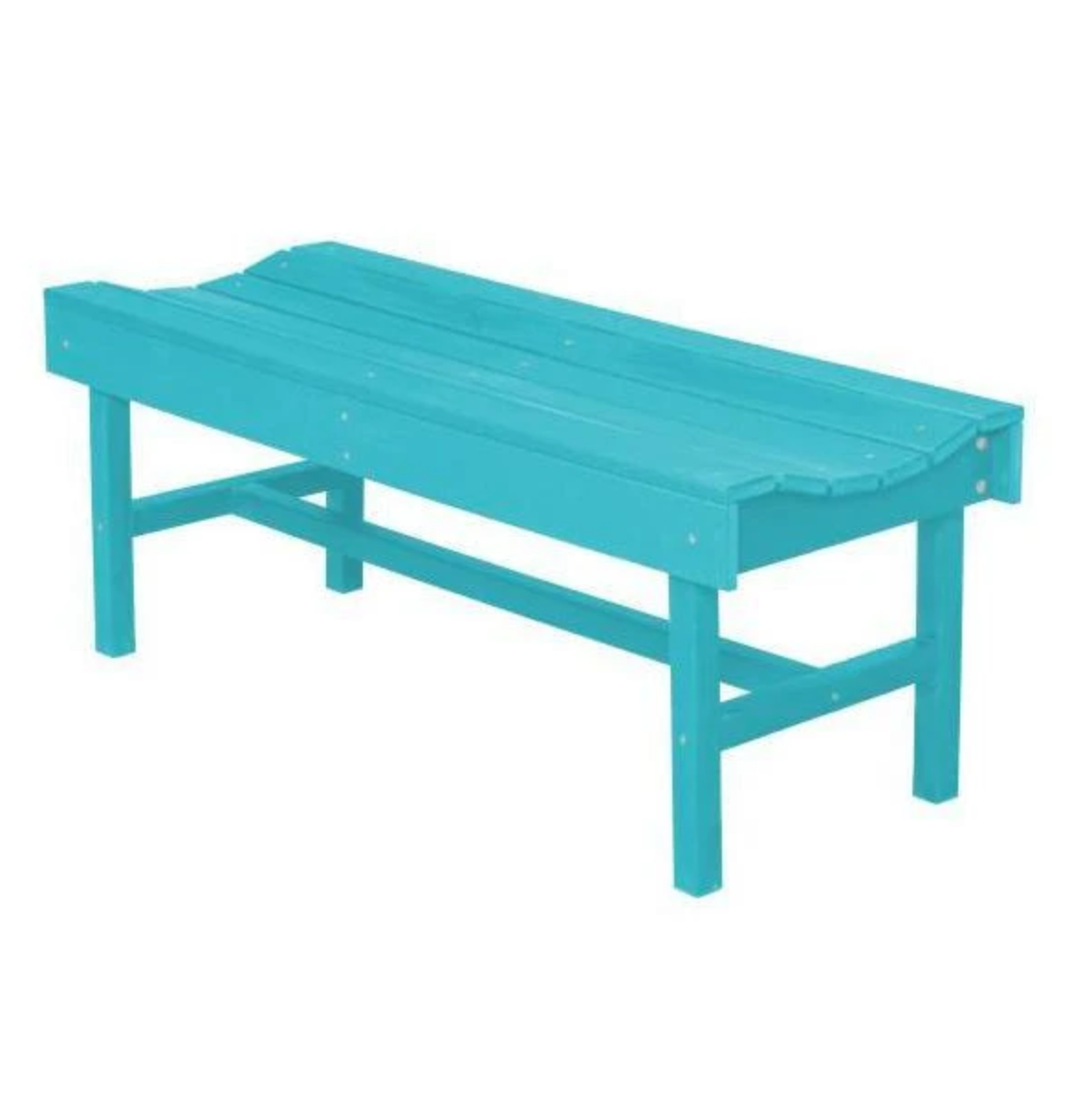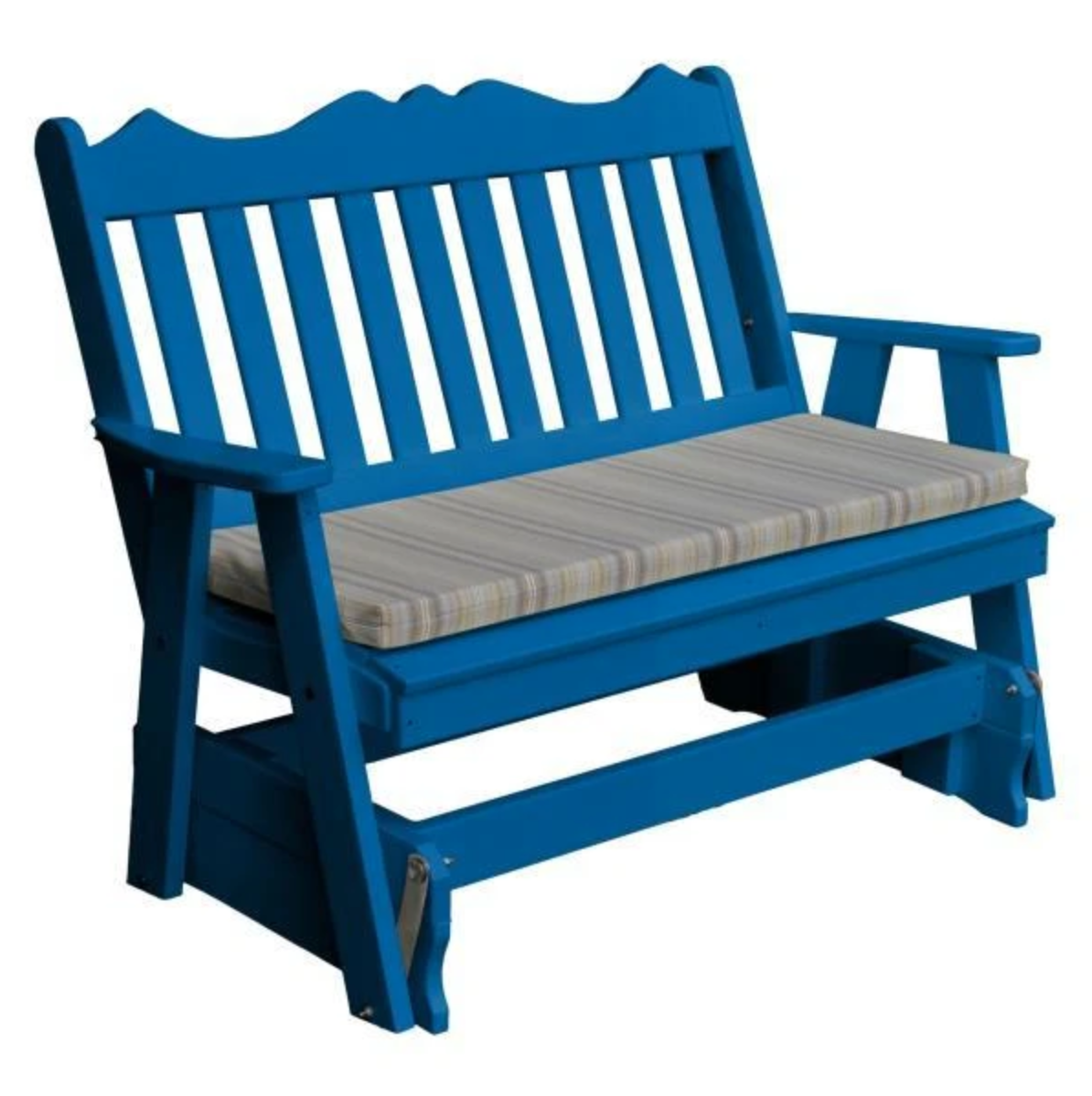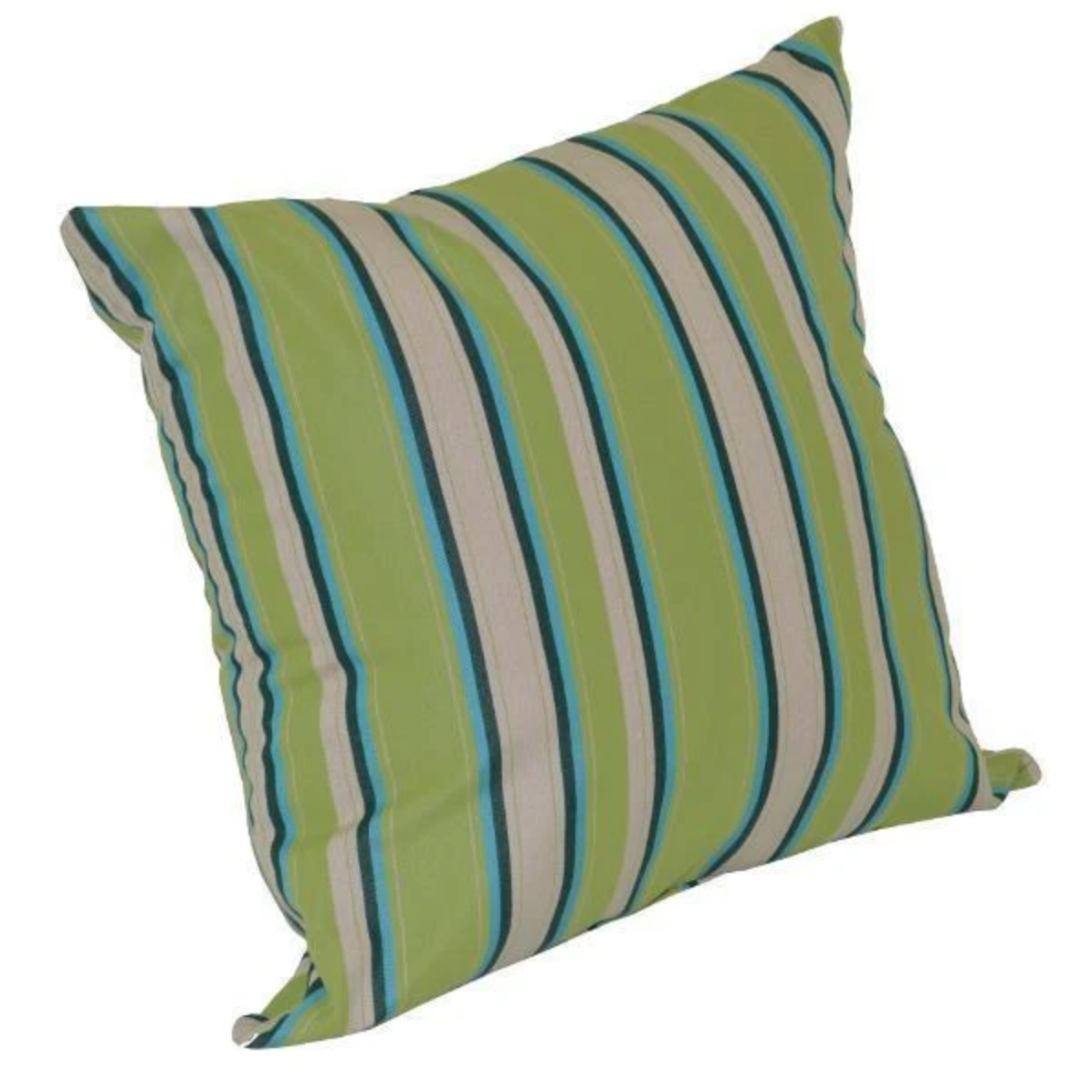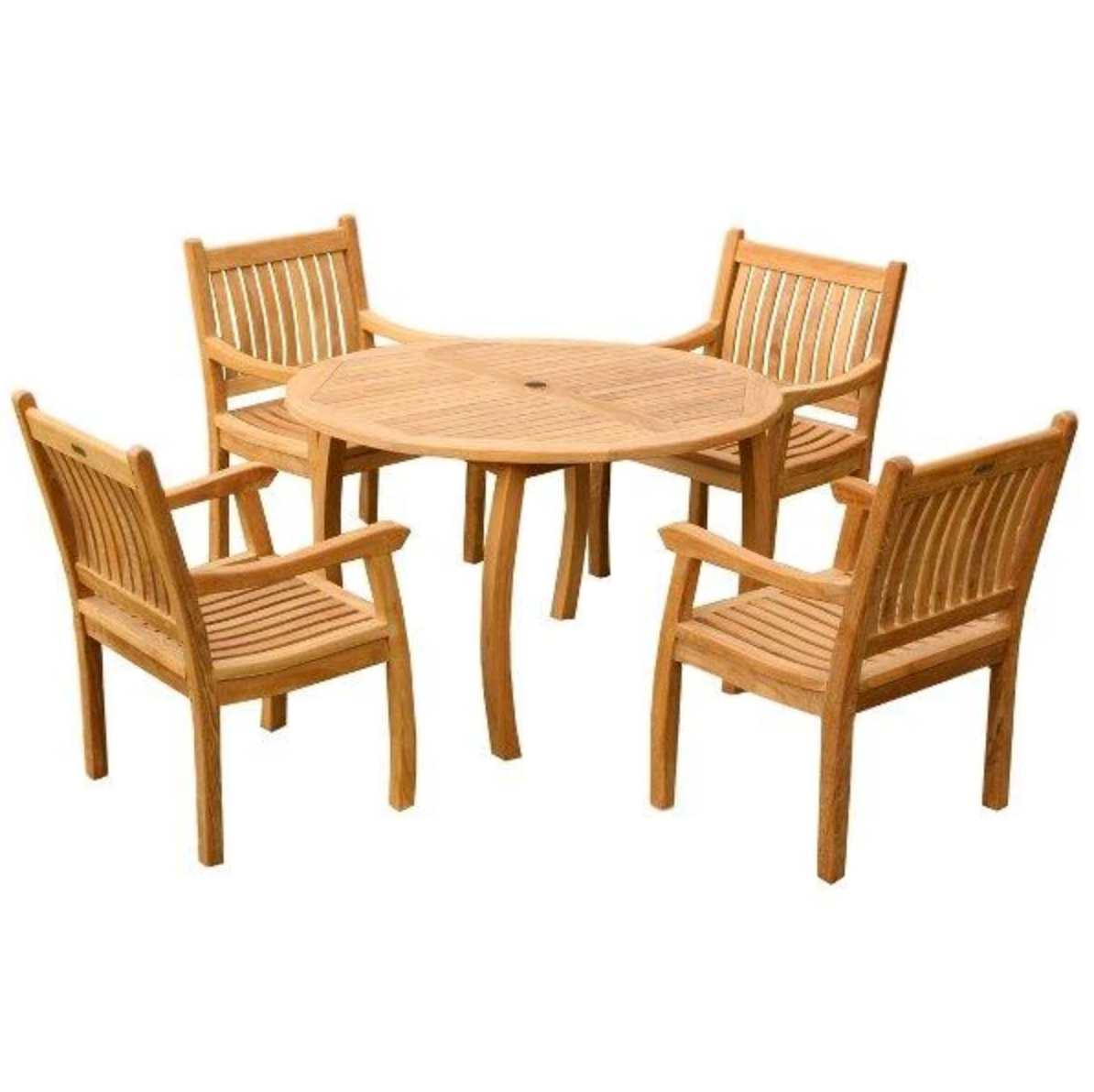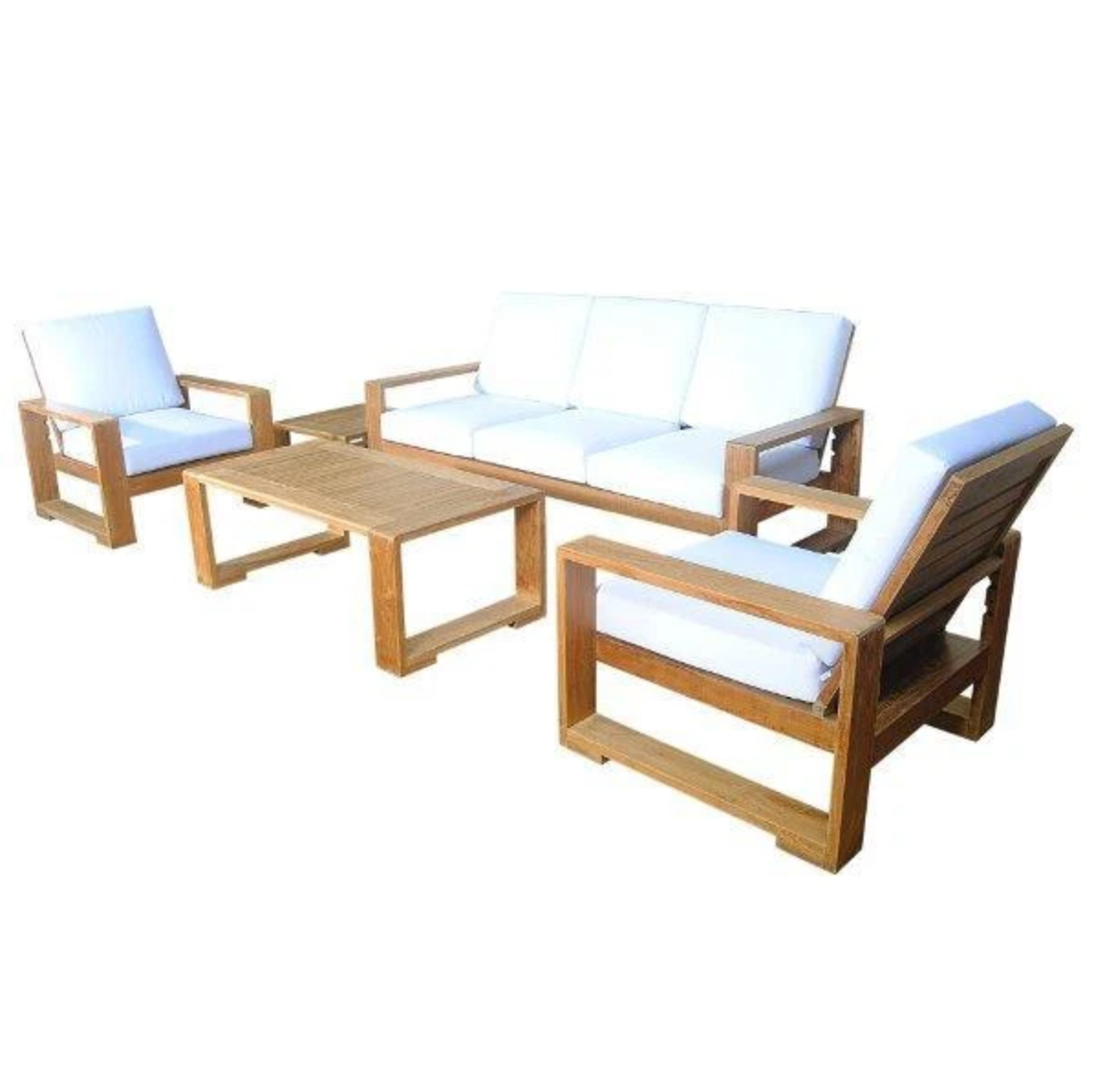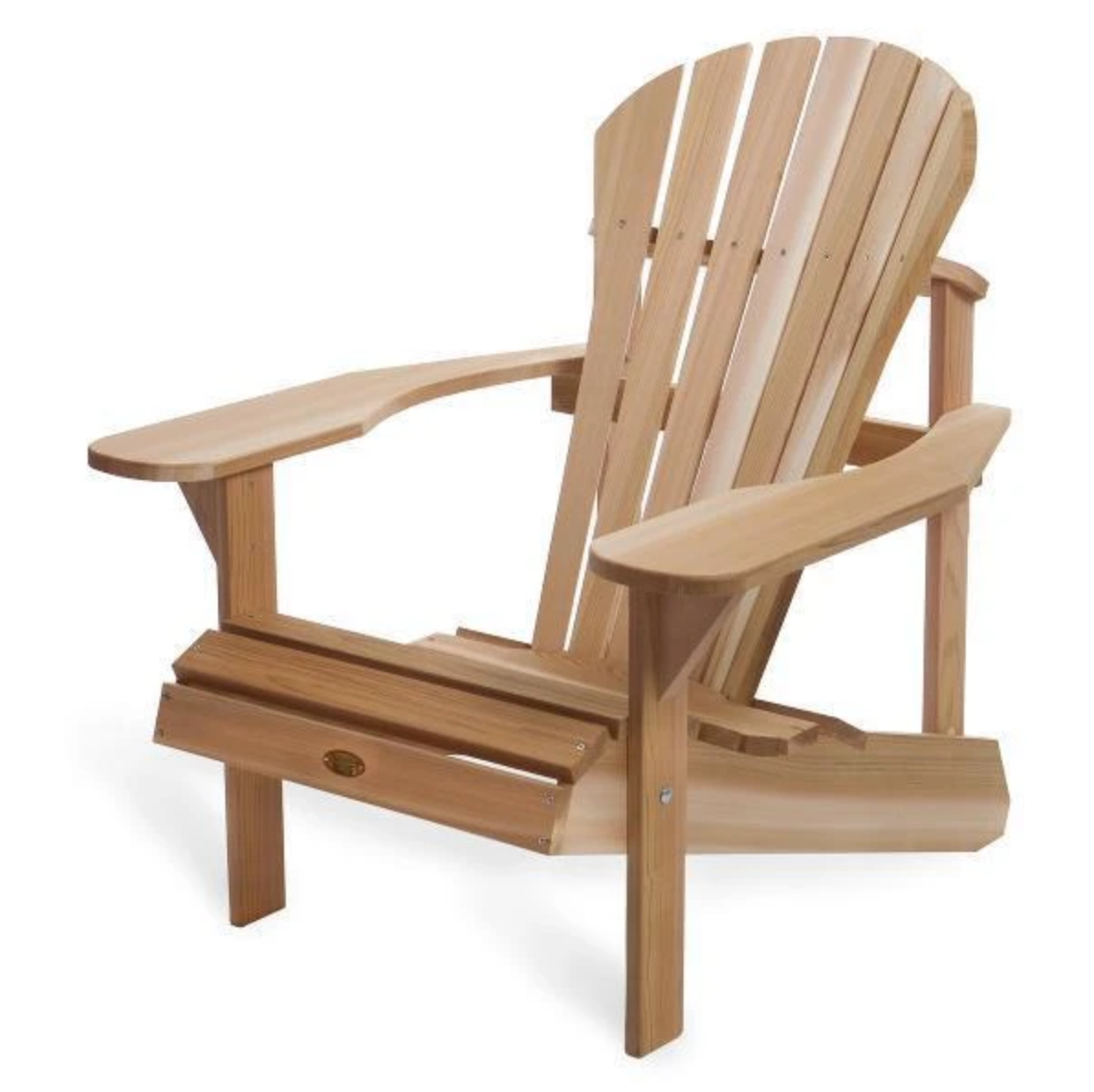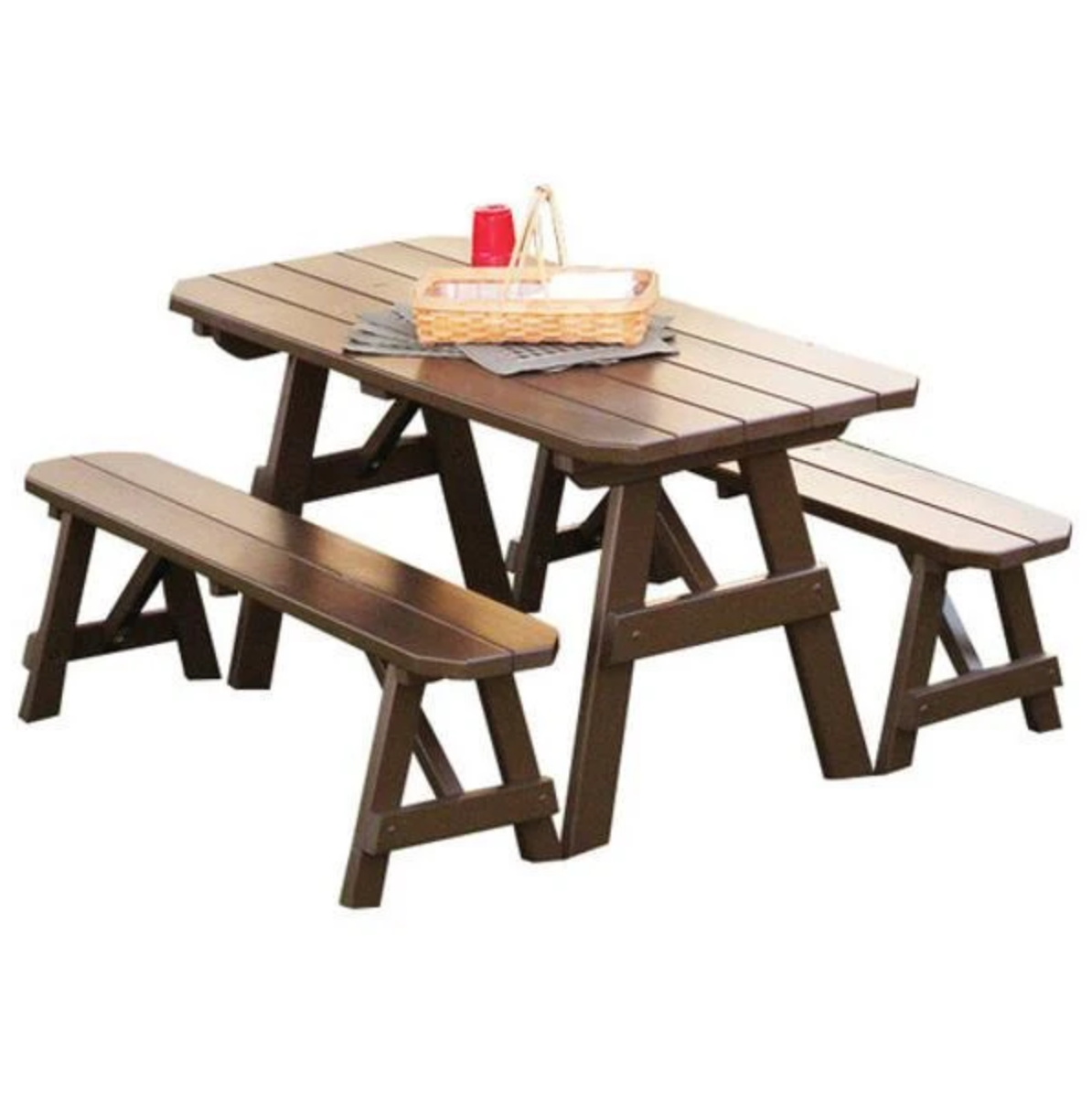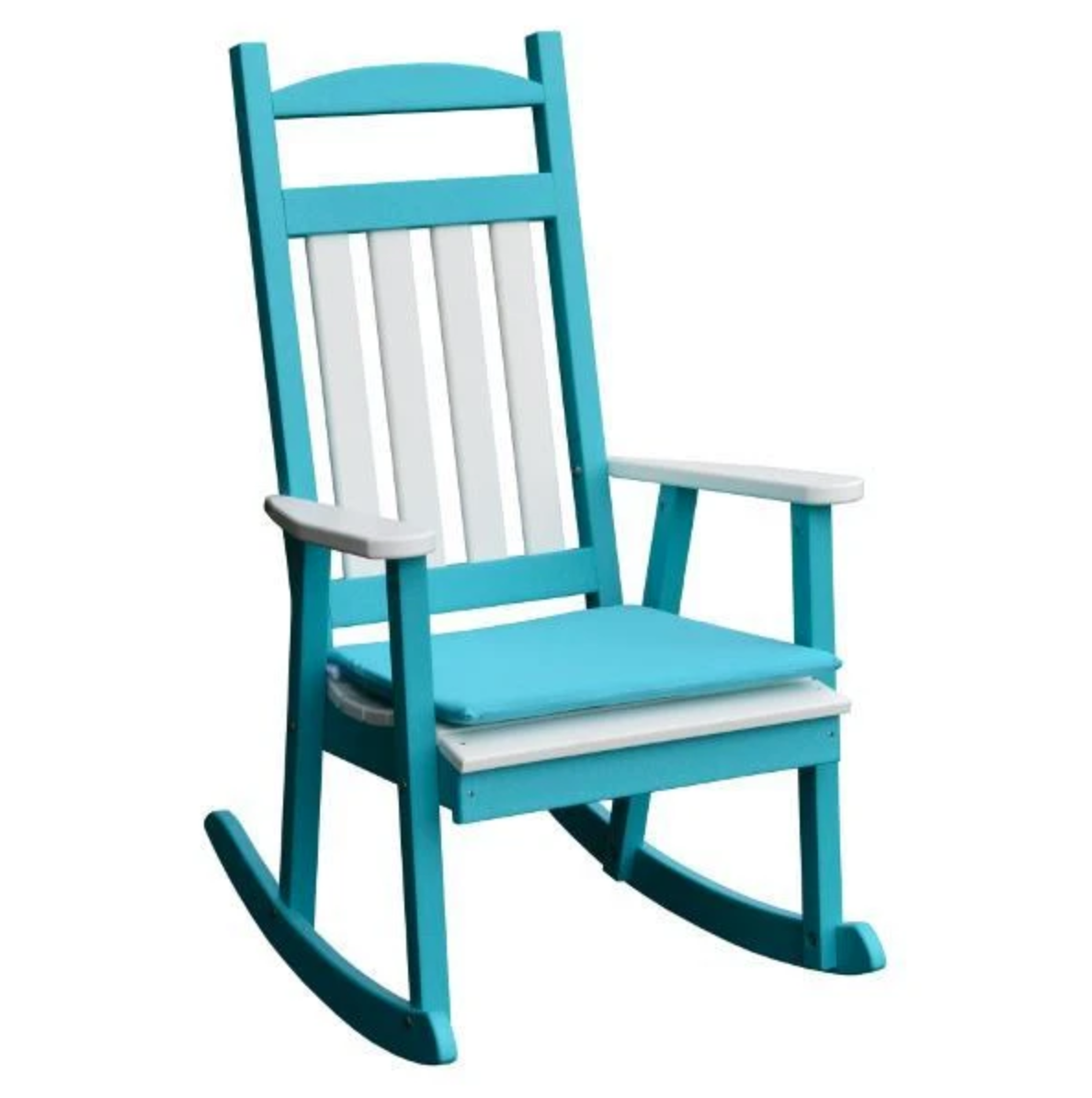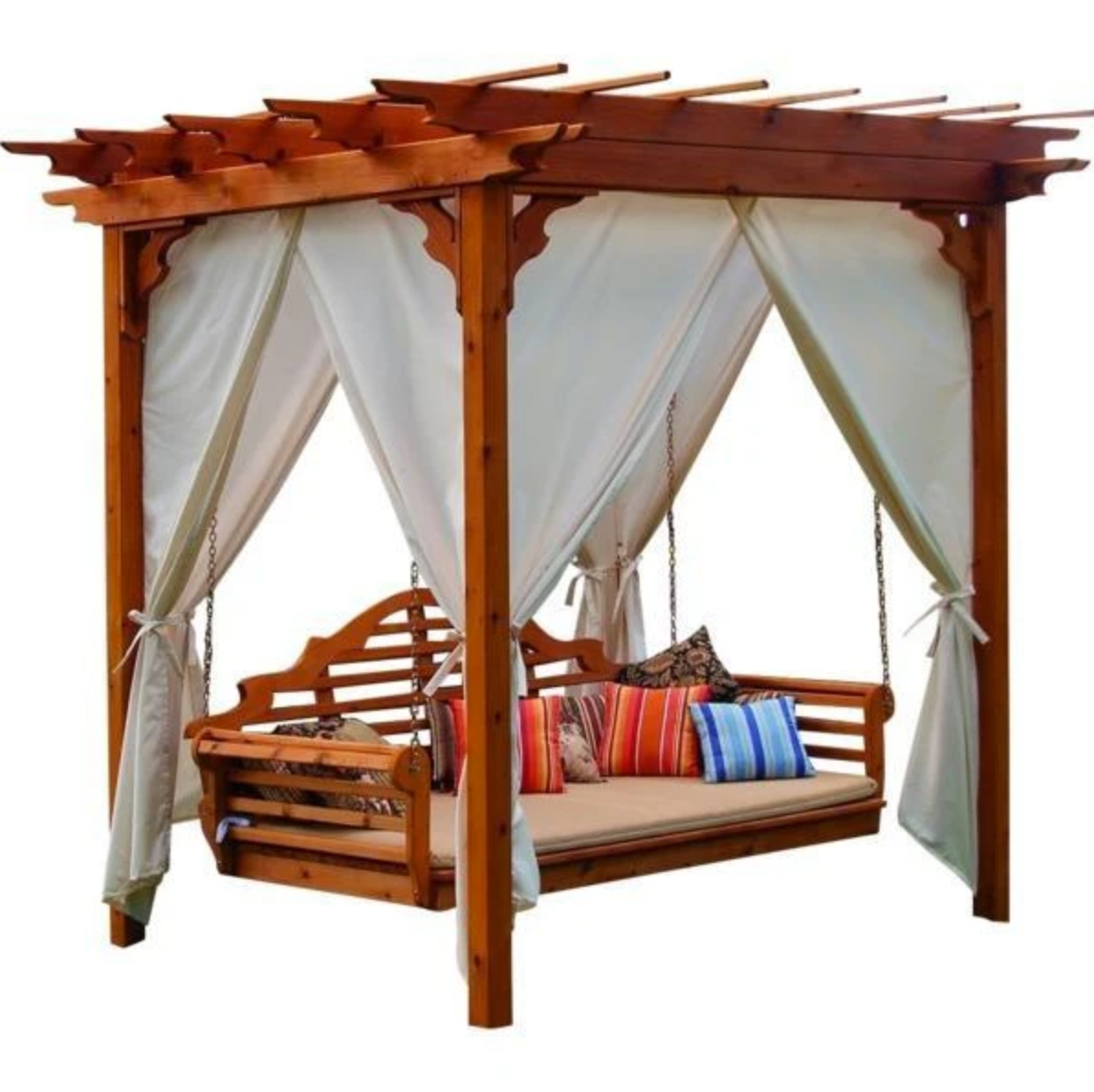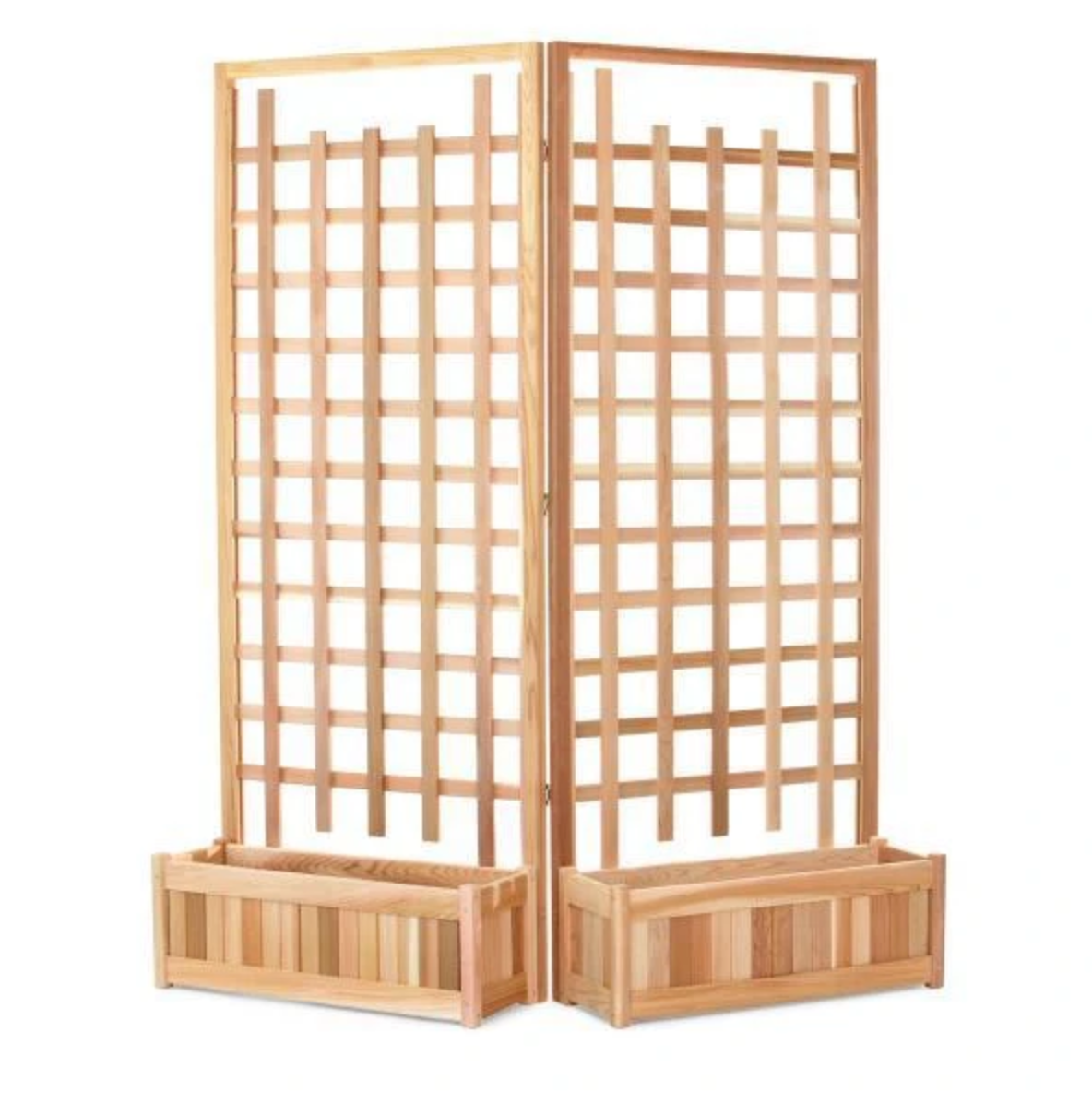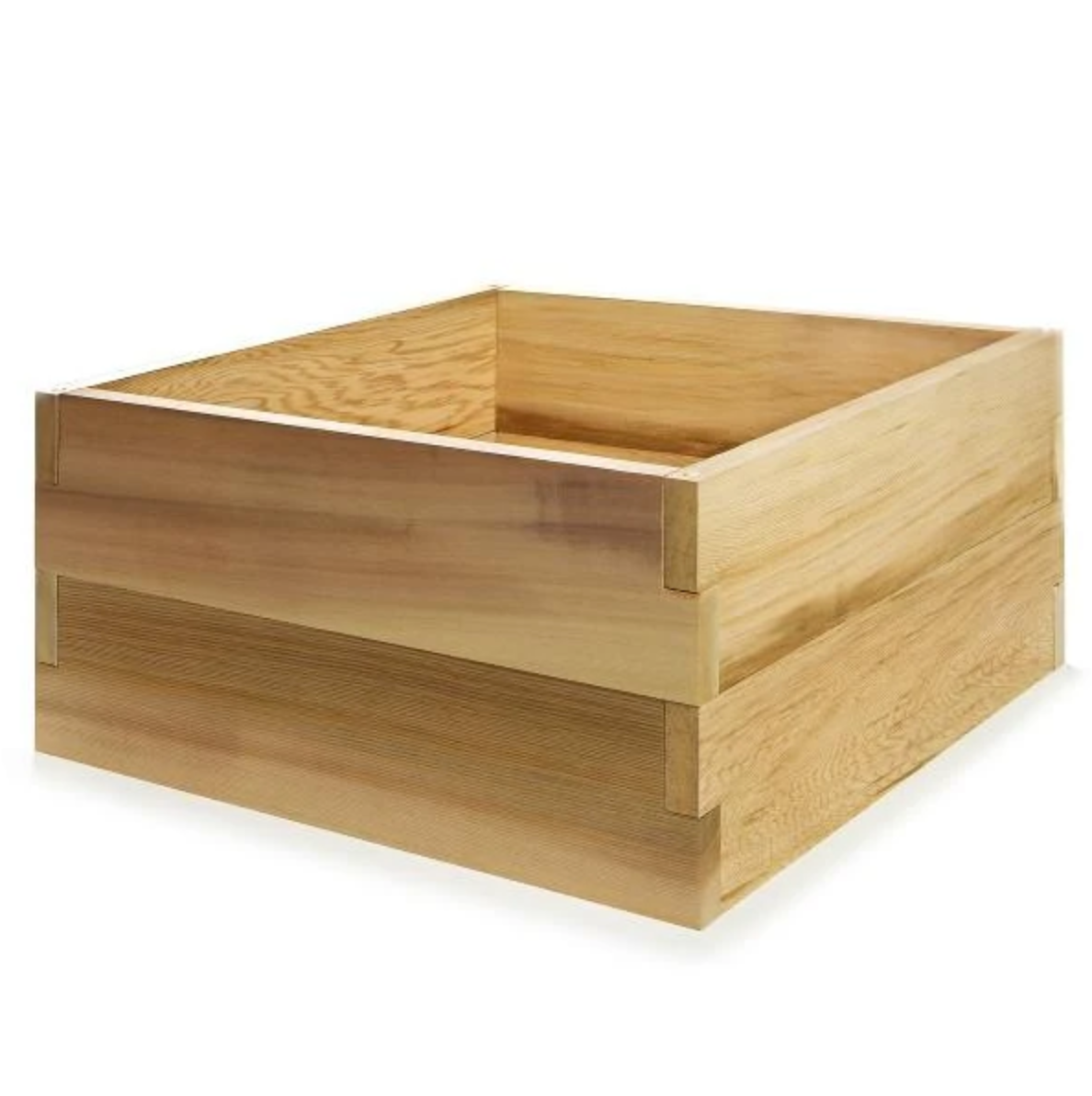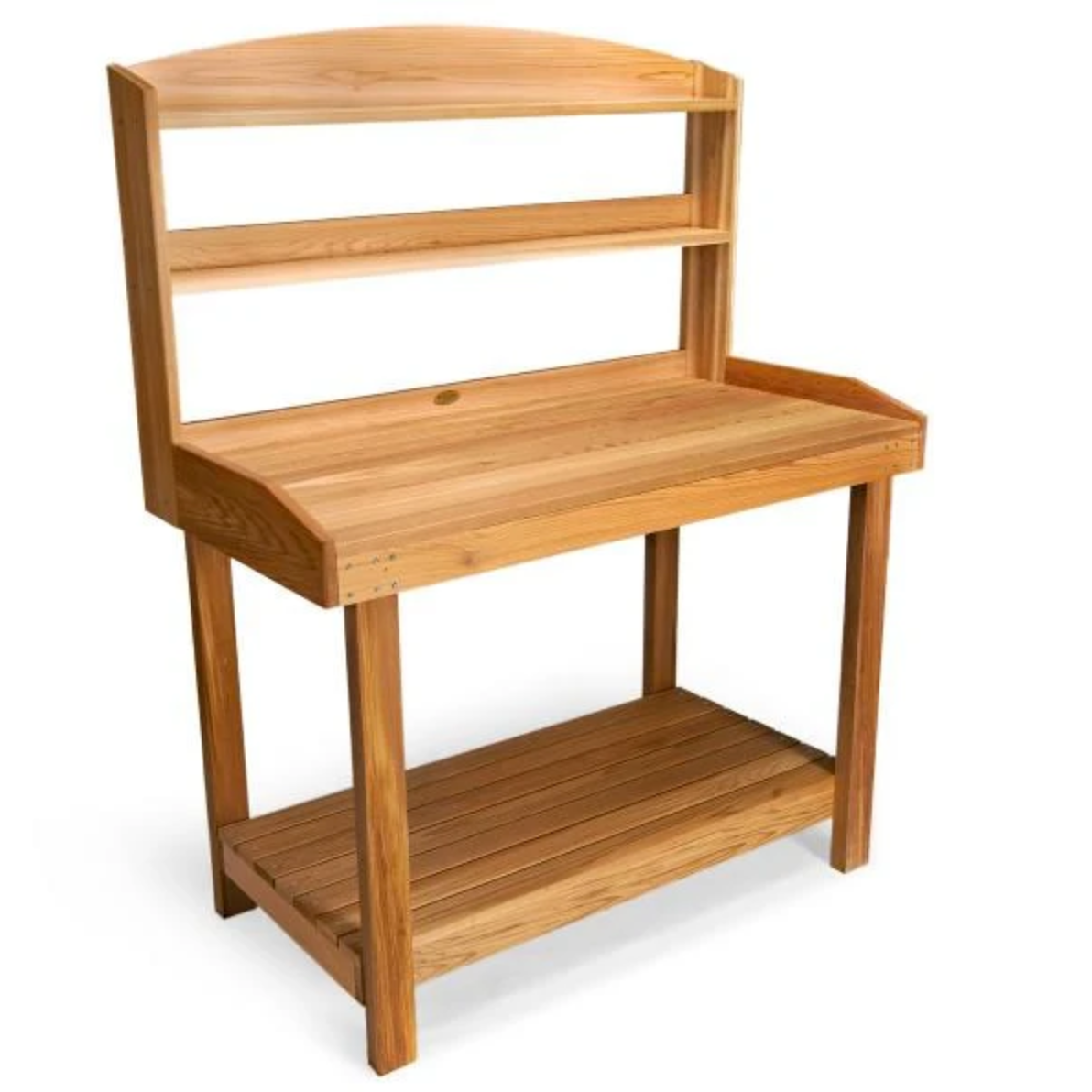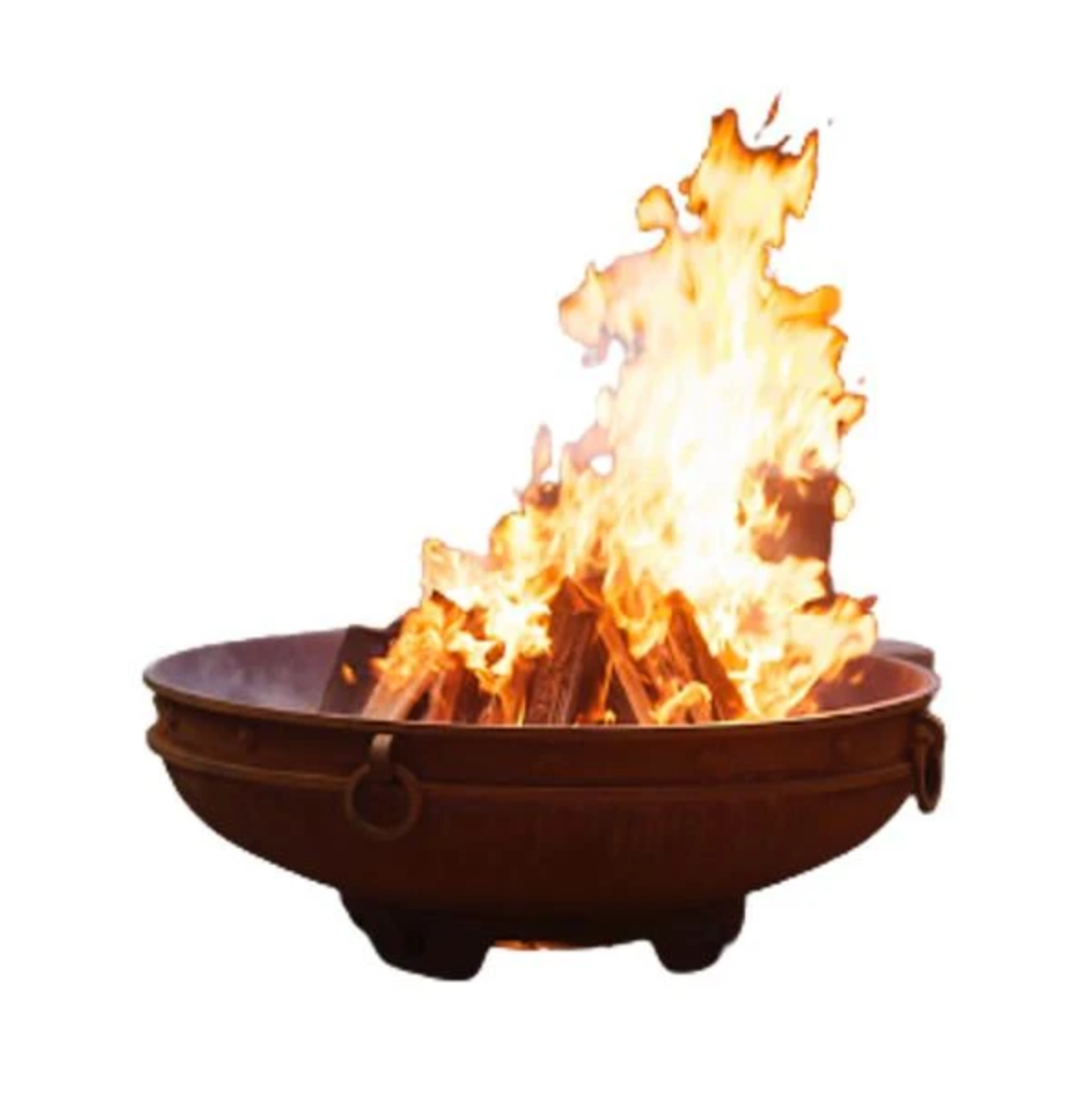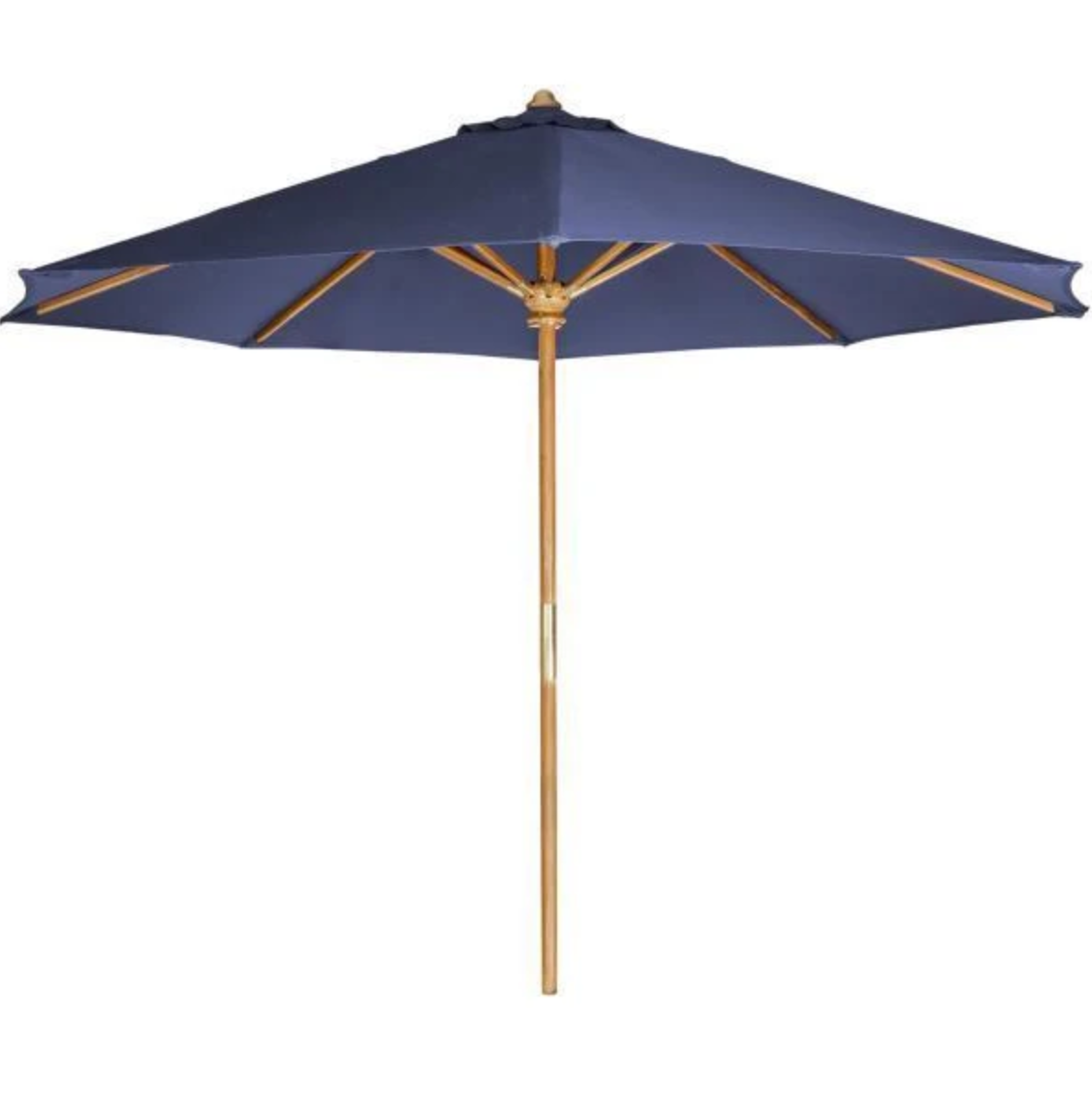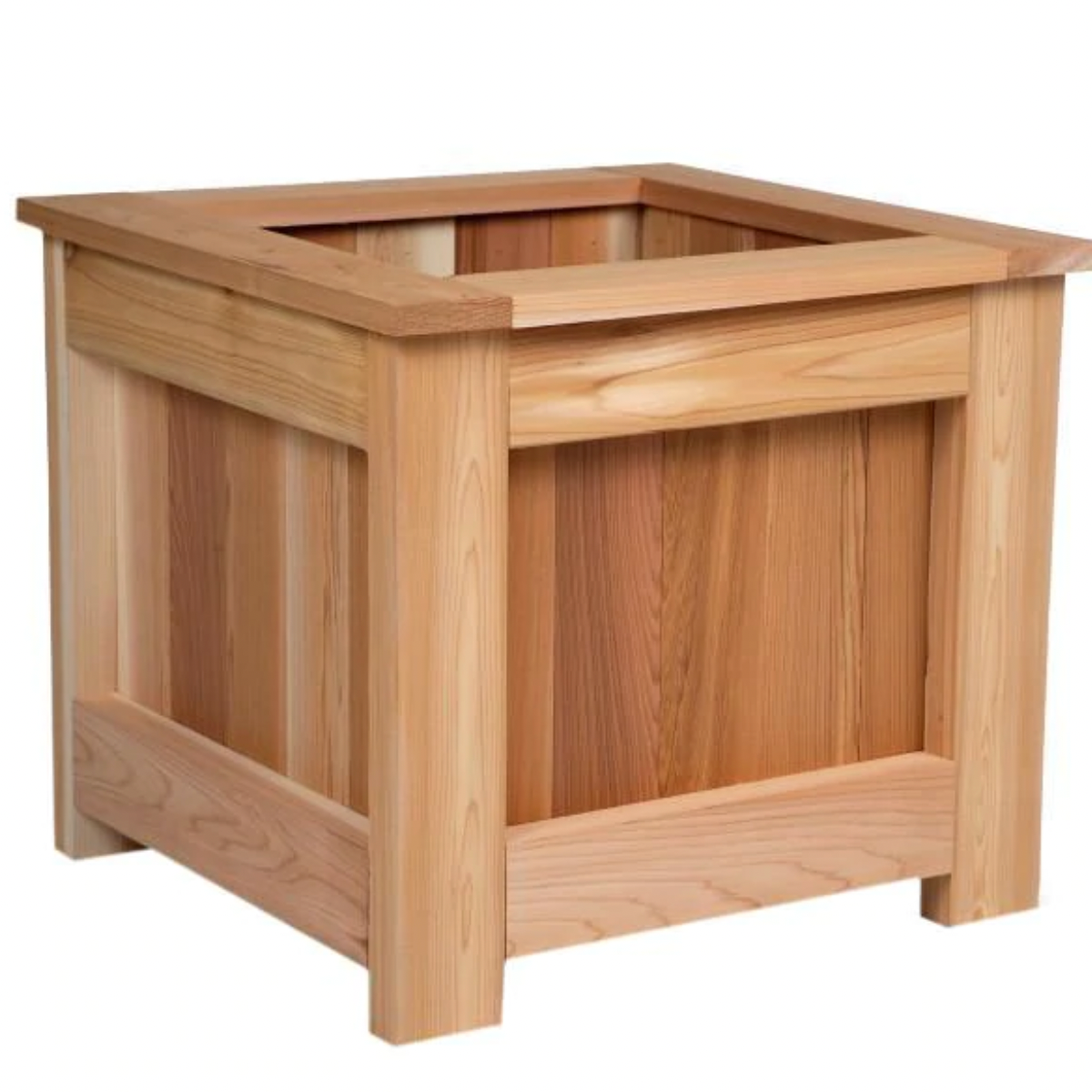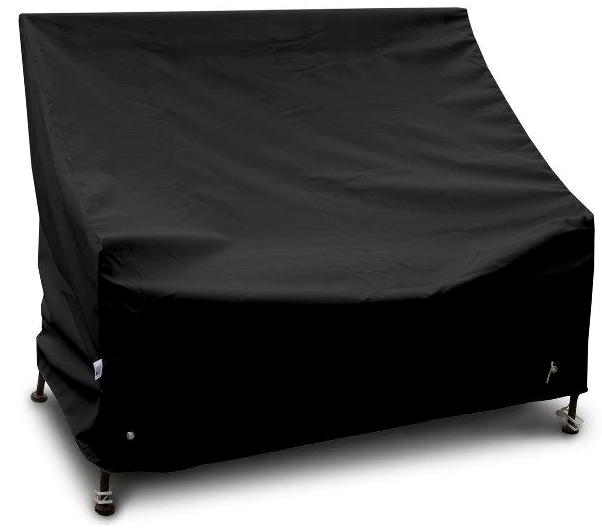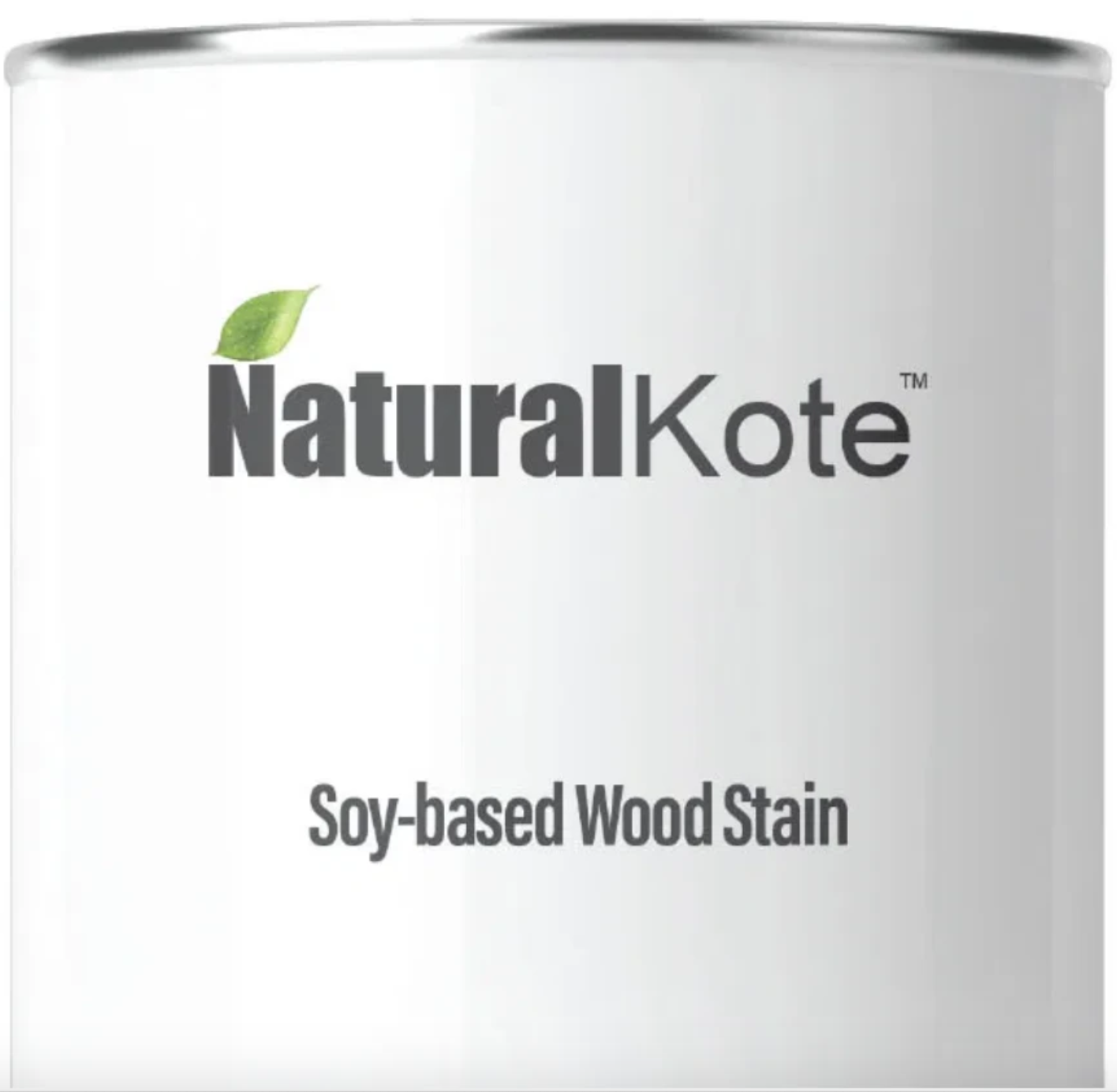Your Cart is Empty
FREE SHIPPING ON EVERY ORDER
Menu

FREE SHIPPING ON EVERY ORDER
Swings
Benches
Tables & Chairs
Home & Garden
Creating An Herbal Garden
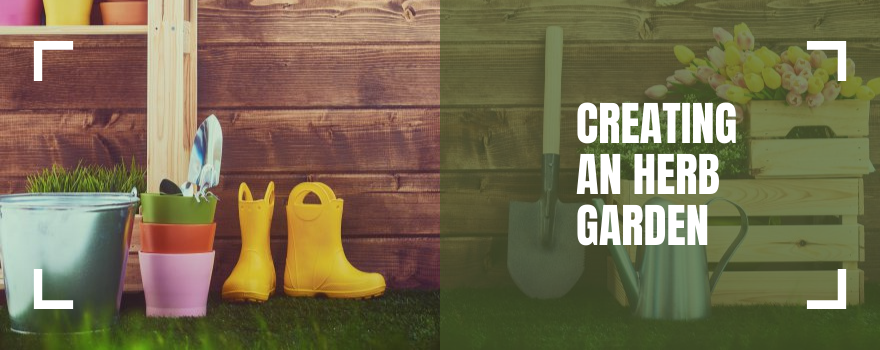
Some plants require special care and while others thrive in specific locations. With herbs, however, they are simple to care for, and almost anyone can effortlessly grow it. It is low maintenance making it one of the most natural plants to improve and can be planted anywhere, be in small pots on window sills or a designated area in your lawn, patio, or home garden.
You’ll also be pleased to know that herbs are so versatile that aside from the two ways to plant them as detailed below, there are many other possible ways to grow these green crops. Some even use them as decorations for their backyard pathways.
Furthermore, it’s no secret that herbs can enhance any cooking and thus eliminate extra trips to the grocery store. Having a handy herb garden can fulfill that Ina Garten or Jamie Oliver fantasy you’ve always had when you watched their shows. Bonus points: they make your place smell great.

How to Plan your Herbal Garden
Choose your Location
As previously mentioned, herbs are so adaptable that they can be grown anywhere, and if you decide to dedicate a patch of land just for your herbs, identify first where on your yard or garden you’re going to plant. Are you going to use movable planters or raised beds?
Whatever your choice, make sure that your herbs which will thrive for the long haul. If you live in a warm and sunny place, thyme is an excellent choice as it can survive with a little amount of water. If you’re in an area where there’s little to no sunshine, chives, parsley, and cilantro are your go-to herbs.
If you have limited space, you might want to consider the herb spiral. The herb spiral is a vertical garden design wherein you can stack your herbs horizontally and vertically. It also provides different microclimates for the diverse needs of each herb.
The top of the spiral can be for those that need a lot of sunlight like lavender, oregano, and sage. The middle of the spiral can be reserved for those that need slightly moist soil and little sunlight like coriander. Lastly, the bottom part can be for herbs that thrive in wet and shady areas like the ones mentioned earlier.
Determining your Capability
While herbs are low maintenance, keep in mind that this is still gardening, and gardening requires effort. You may be tempted to plant so many herbs at the same time but be practical and make sure that you will be able to dedicate time to take care of your herbs continuously.
It’s going to be a routine to water it, providing shade from extreme heat and rain, and maintaining it by trimming and harvesting on occasion. Start with small batches of herbs and start growing your garden later on when you think you can manage a bigger herb garden.

Prepare the Soil
Purchase organic soil from your local source, which is composed of sand, compost, and aged manure. Loosen the soil before planting by digging it with a large garden fork. This is a necessary step for water to be able to pass through the ground as well as creating space for roots to grow.
Adding compost to your soil can help provide the necessary nutrients for the herbs to grow. Avoid using manure, which has high nitrogen content that reduces the flavor of the herbs. Use organic and natural fertilizers free of toxins to keep the herbs healthy for consumption.
Keep in mind that different herbs thrive in varied soil conditions. For example, mint and parsley need moist soil while rosemary, sage, and thyme can do well with very little water. When you start to plant, consider the appropriate spacing for each herb. Allowing some room for each grass to grow won’t crowd the other them.
Choosing which Herbs to Plant
There is a wide variety of herbs you can choose from, but for fail-proof herbs for beginners, you can start with mint. Mint offers a refreshing and cooling bite to dishes. You can also make fresh mint tea from the leaves. Take note that mint thrives and can creep over your whole garden if left untrimmed.
You can grow herbs that you frequently use or plan to use for cooking. It would be useless to plant and harvest herbs that you won’t be using just for the sake of planting. Other commonly grown herbs are rosemary, which can be used for added flavor on roasts and grills, while thyme is used for any meat (poultry, chicken, beef, lamb, fish) or as a seasoning for vegetables.

Parsley, on the other hand, is commonly used in salads and as a final garnish for an added color like in white pasta, and sage is almost always used for stuffing and goes well with potatoes, cheese, and beans.
Choose from Seeds or Seedlings
Herbs, like some vegetables, can be planted as seeds or seedlings. Both are available in most nurseries, or if you have a kind neighbor or friend, you can ask them for a seedling of their herbs. Seedlings are easier to grow since it has already sprouted, but growing herbs from seeds are not that difficult. Seeds are also cheaper, and you can get several packets for the price of one seedling.
Contrary to popular belief, frequent harvesting won’t damage the herbs. It is a requirement for fast-growing herbs like mint. Regular harvesting will result in the production of more foliage.
Maintaining your Herb Garden

An adequate amount of water and sunshine will help your herbs thrive. You can also plant your herbs near other beneficial plants that will
and will get rid of the bad ones. Avoid planting the same herb in the same spot to prevent soil-borne diseases that can damage crops. Clean your garden regularly and watch out for pests that can destroy your garden.
In whatever way you grow your herbs, there’s always something amazing about harvesting your homegrown produce. Food will certainly taste better. After all, these herbs are the product of your care and efforts, and what better way to show your family how much you love them than providing them with your homegrown produce?
Also in News
US
United States
Jan 02, 2026 03:09
Product Tag :
Product Collection :
×
